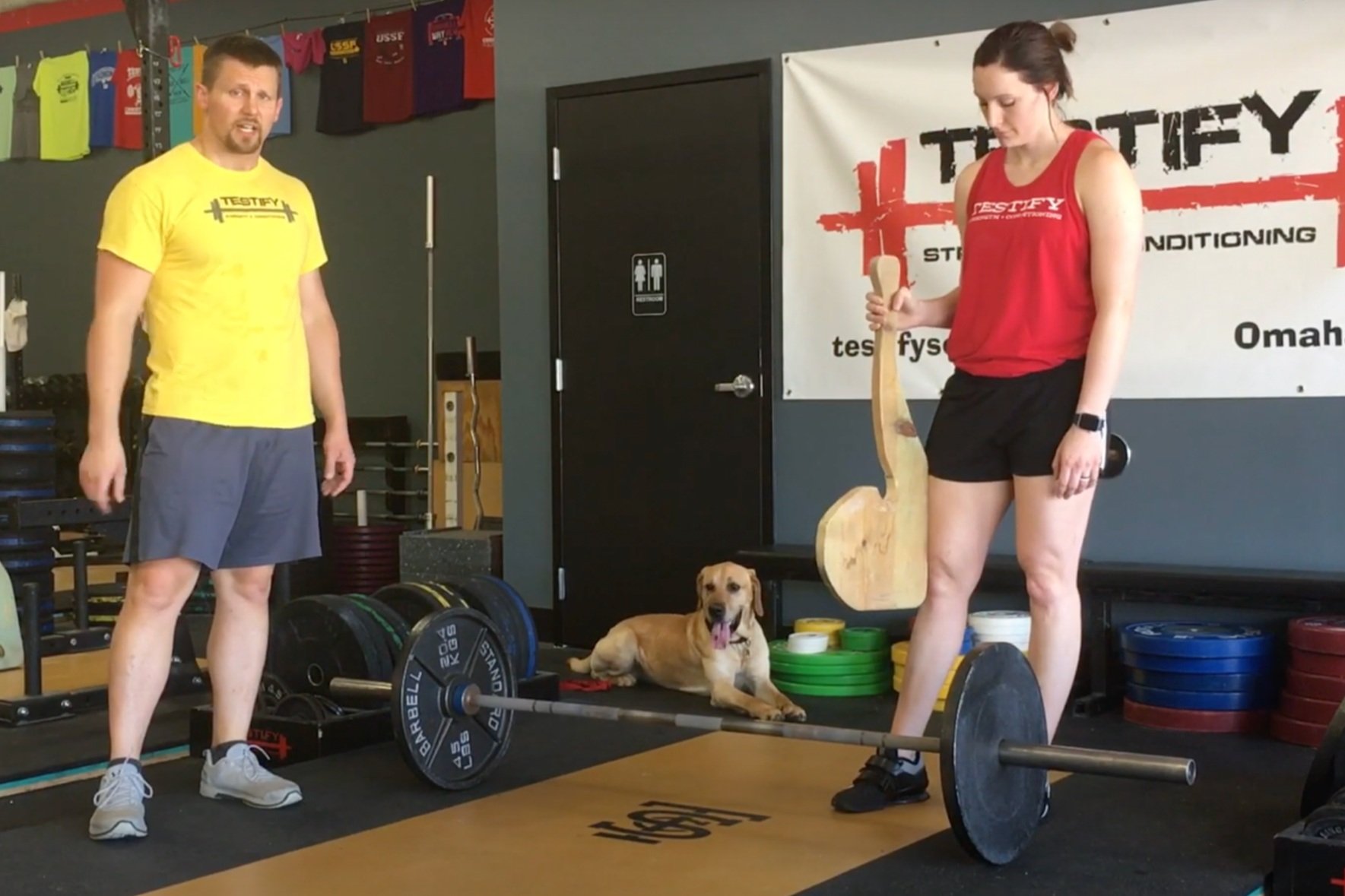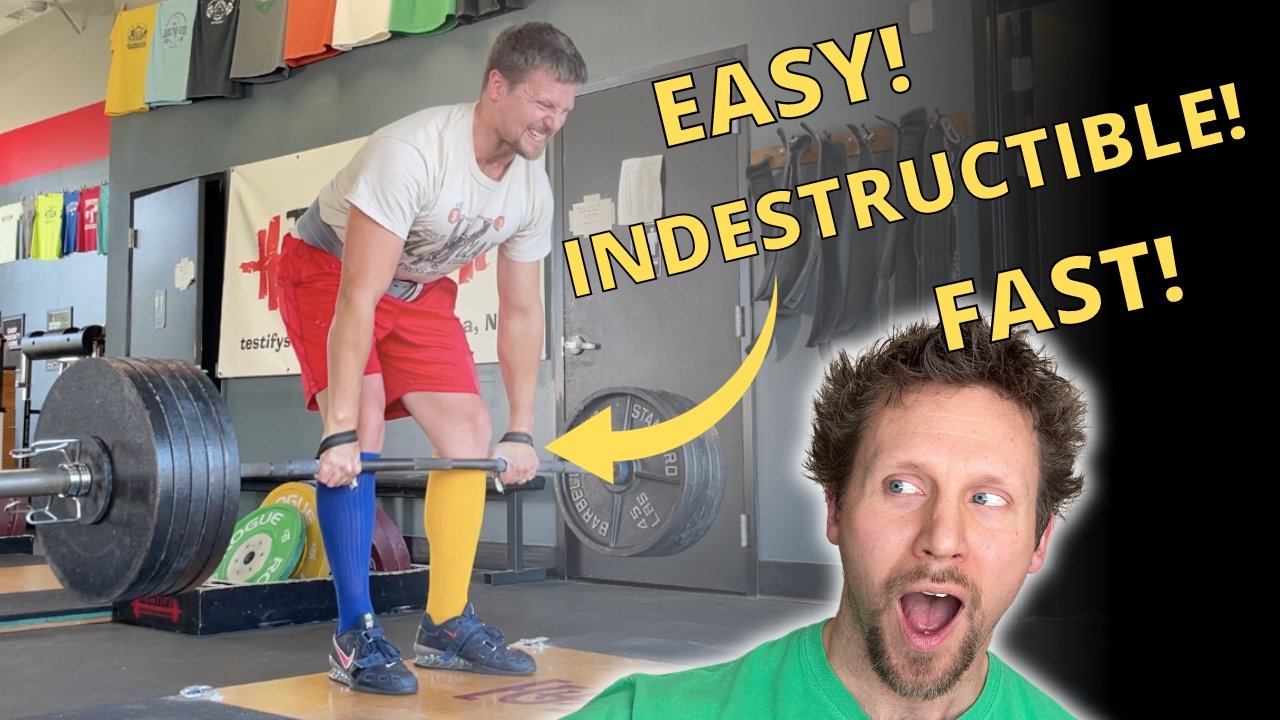Week 2021.11.15
/Reminder: Below are the hours for Thanksgiving week (you can also find these on our Location & Hours page). Any days not listed retain their normal hours.
Wednesday, 11/24/21: Regular hours
Thursday, 11/25/21: Closed
Friday, 11/26/21: 7:00 a.m. - 10:00 a.m.
Saturday, 11/27/21: Regular hours
New on the Testify YouTube channel!
This Week’s Conditioning
Option 1
“Prowler Base”
1. Load up a manageable weight.
2. Sprint 40m at 85% intensity.
3. Rest until breathing and heart rate slow down. (45 sec – 2 min)
4. Repeat 5-15 times.
Courtesy of “Death by Prowler” (on Starting Strength).
Compare to 2021.09.13.
Option 2
Bike/row:
5 min on
4 min off
4 min on
3 min off
3 min on
2 min off
2 min on
1 min off
1 min on
Record distance for each interval and add for total distance.
Compare to 2021.08.23.
Option 3
5-10 rounds of:
30 sec ME tire flips
30 sec rest
Compare to 2021.07.26.
Option 4
Sandbag-over-bars
Set yoke at #33 for women or #35 for men.
1. 1 minute AMRAP
2. 5 rounds of 2 reps every 2 minutes (speed!)
3. 1 minute AMRAP
Weights
Female under 40 years
140 lbs and under: 75 lbs
140.1 lbs – 185 lbs: 100 lbs
185.1 lbs and over: 150 lbs
Female 40 years and over
140 lbs and under: 50 lbs
185 lbs and under: 75 lbs
185.1 lbs and over: 100 lbs
Male under 40 years
185 lbs and under: 150 lbs
185.1 lbs – 235 lbs: 200 lbs
235.1 lbs and over: 250 lbs
Male 40 years and over
185 lbs and under: 100 lbs
185.1 lbs – 235 lbs: 150 lbs
235.1 lbs and over: 200 lbs
Compare to 2021.07.26.














